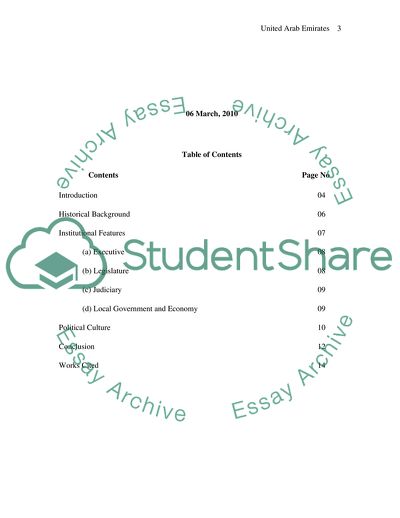Cite this document
(A Country Review of United Arab Emirates Case Study, n.d.)
A Country Review of United Arab Emirates Case Study. https://studentshare.org/geography/1733477-united-arab-emirates
A Country Review of United Arab Emirates Case Study. https://studentshare.org/geography/1733477-united-arab-emirates
(A Country Review of United Arab Emirates Case Study)
A Country Review of United Arab Emirates Case Study. https://studentshare.org/geography/1733477-united-arab-emirates.
A Country Review of United Arab Emirates Case Study. https://studentshare.org/geography/1733477-united-arab-emirates.
“A Country Review of United Arab Emirates Case Study”. https://studentshare.org/geography/1733477-united-arab-emirates.


